 Do you pay attention to mood in your writing? If not, you should!
Do you pay attention to mood in your writing? If not, you should!
It’s a subtle and very powerful tool for writers. And not something you want to overlook! By setting the mood of a scene, you can manipulate how you want the reader to feel. It’s like the Jedi mind trick of writing. Pretty cool, huh?
So just how can a writer take advantage of this awesome power? There are several techniques you can use. Let’s get started!
What is Mood?
When you hear “mood” you might be confused or intimated and think it’s some vague literary term. Maybe your English teach forced you to analyze the mood of different novels in the past and you’re now wary of the word. But don’t panic–it’s really simple. Here’s the definition of mood from Dictionary.com:
A state or quality of feeling at a particular time.
When applied to your story, mood means what a certain scene makes a reader feel. The mood of your story should be directed by the feelings of your characters.
Mood Comes from Character
Before you set the mood for your story, reflect on how your character is feeling. What are his thoughts or feelings about this place or moment? Is he awed, frightened, curious, or sad? Sure you could select any mood at random for your scene, but that’s not the point.
The purpose of creating a mood for a scene is to allow the reader to experience the story as the character does. If the character is frightened then you should work to create fear in the reader.
When you don’t match characters’ feelings with the mood, it can hurt your story. If your character is lost in the wilderness and you’re describing the beauty of nature, it won’t flow as well–imagine trying to jam together two puzzle pieces that don’t fit. Your reader might wonder why the character is admiring the trees and squirrels when he’s lost in the middle of nowhere. This will also keep the reader from fully feeling the character’s panic and fear at being lost.
You should also consider your character’s personality, as different people will experience the same place in different ways. For example, for Character A a circus is exciting, but for Character B it’s terrifying, and for Character C it’s a bore. If you love the circus, don’t describe it in a positive way if your character hates it!
So basically, the reader’s feelings of a scene should be filtered through the POV character so the reader can experience the story as the character does.
Techniques for Setting Mood
There are three basic ways to create the mood for a scene: details, similes, and vocabulary choice. Let me show you a couple examples of these techniques in action.
Example #1:
The pine boughs tickled Snow White’s arms as she wandered through the forest. Robins sang and flitted from branch to branch overhead, and a rabbit scampered past. She paused to admire a Dogwood adorned in white blooms so that it looked as though its branches cradled fluffs of cloud. She plucked a blossom and stroked its petals, which were as soft as a mouse’s fur. A squirrel nestled in one of the branches peered at her from behind its bushy tail.
Example #2:
Bare branches scratched at Snow White’s arms as she stumbled through the forest, and. A raven cawed and swooped over her head, startling her. Twisted tree roots snatched at her feet like the fingers of a corpse emerging from a grave, and dragged her to the ground. The damp earth stained her blue dress like thunderclouds smudging out a summer sky. She swallowed back her tears as a wolf’s wail pierced the cold air.
These examples are pretty overdone and melodramatic, but you get the point. Both convey a specific mood, which reflects what the character is feeling and draws the reader in to share her experience.
- Details
What does your character notice? Different people will notice different things, so it will depend on her personality. You don’t have to include every detail your character might notice. Choose specific details that will be most helpful for setting the mood you want.
In the first example to make the scene feel warm and fuzzy, I mentioned details like robins, bunnies, squirrels, and a tree in bloom. These are also details an animal-lover like Snow White would probably notice.
In the second example, I chose to describe the details of a raven, wolf, twisted tree roots, and damp dirt. These are all things a frightened Snow White might notice while struggling through a forest.
- Similes
The second technique you can use to convey mood is similes. Comparing one thing to another can evoke emotion and give the reader a vivid picture of how the character is feeling/perceiving the scene.
In the same way you would consider what details your character might notice, consider what he/she might use as a comparison for something. For example, an art lover might express themselves through art comparisons, or a sports player might make athletic comparisons.
In the first example I compared the spring blossoms to fluffs of cloud, and the petals to a mouse’s fur. In the second, I compared tree roots to a corpse’s fingers, and the dirt staining her dress to thunderclouds blotting out a clear sky. The comparisons in each example reflect the character’s mood.
- Vocabulary choice
The last tactic you can use is vocabulary choice. Consider what words you will include to create a specific mood and how a reader will react to them emotionally.
Notice how in the first example I used words like tickled, sang, flitted, scampered, admire, adorned, blossom, fluffs, bloom, stroked, soft, nestled, and bushy. Each of these word conveys a feeling of tranquility.
In the second example, I used bare, scratched, stumbled, swooped, startling, twisted, snatched, dragged, damp, wail, pierced, and cold. Notice how these words make you feel…not very pleasant, right?
It takes practice to become aware of and intentional with your word choice but it’s well worth the effort. Words are powerful, and you should take advantage of your word choice to manipulate how you want the reader to feel about a scene.










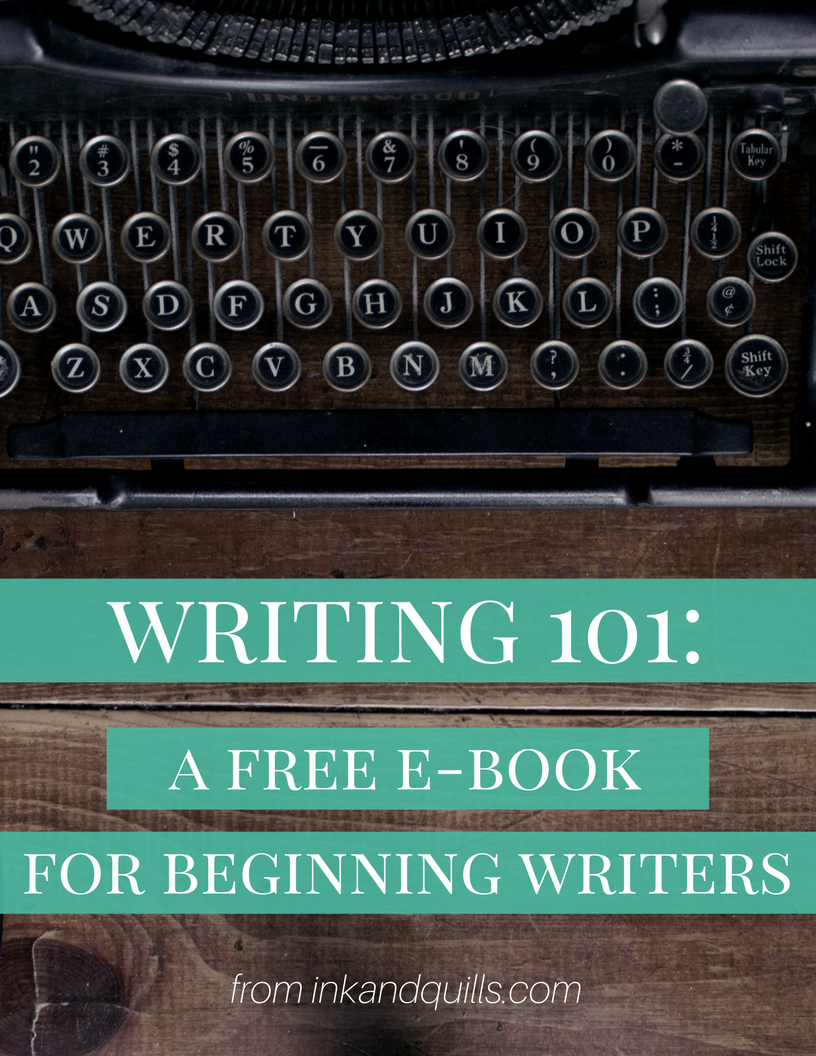

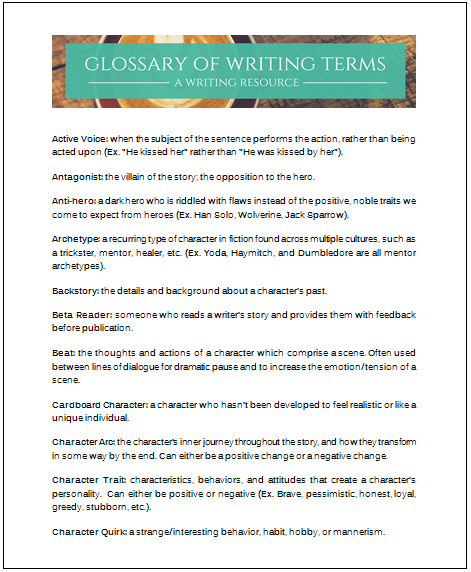

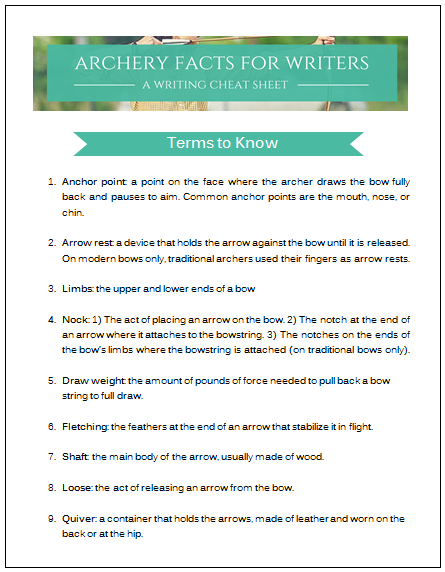



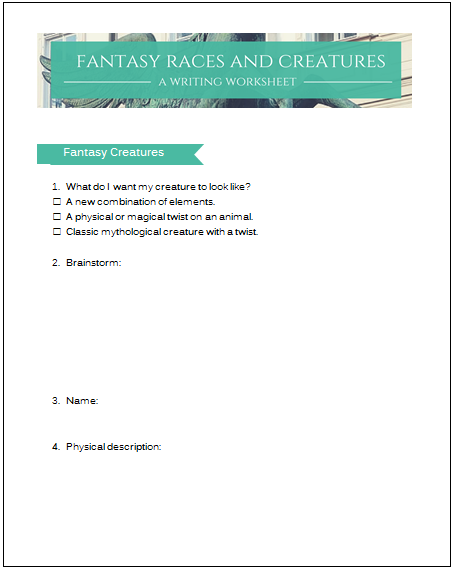


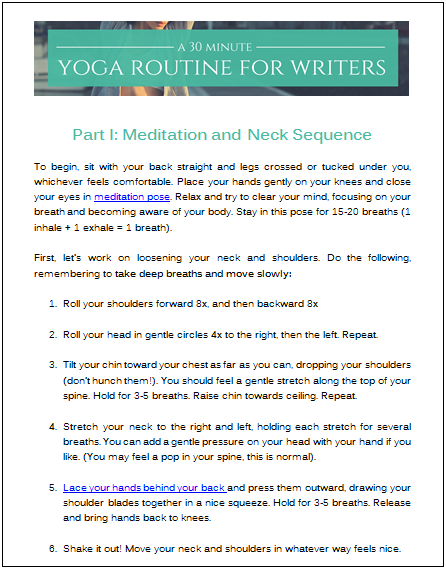
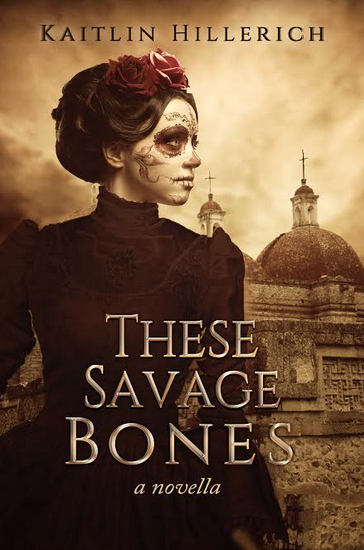

One thought on “How to Use Word Choice to Set the Mood of Your Story”
Comments are closed.